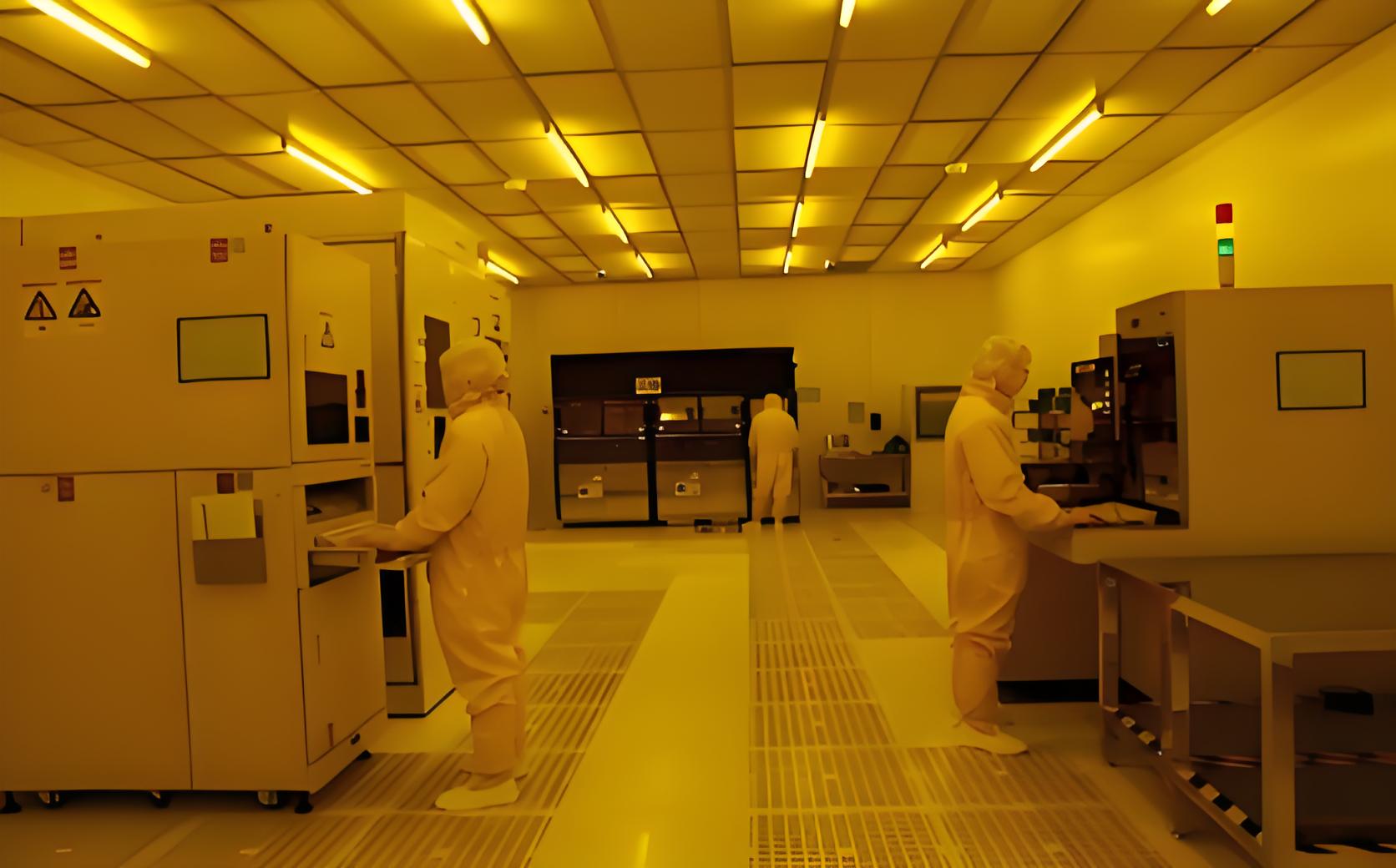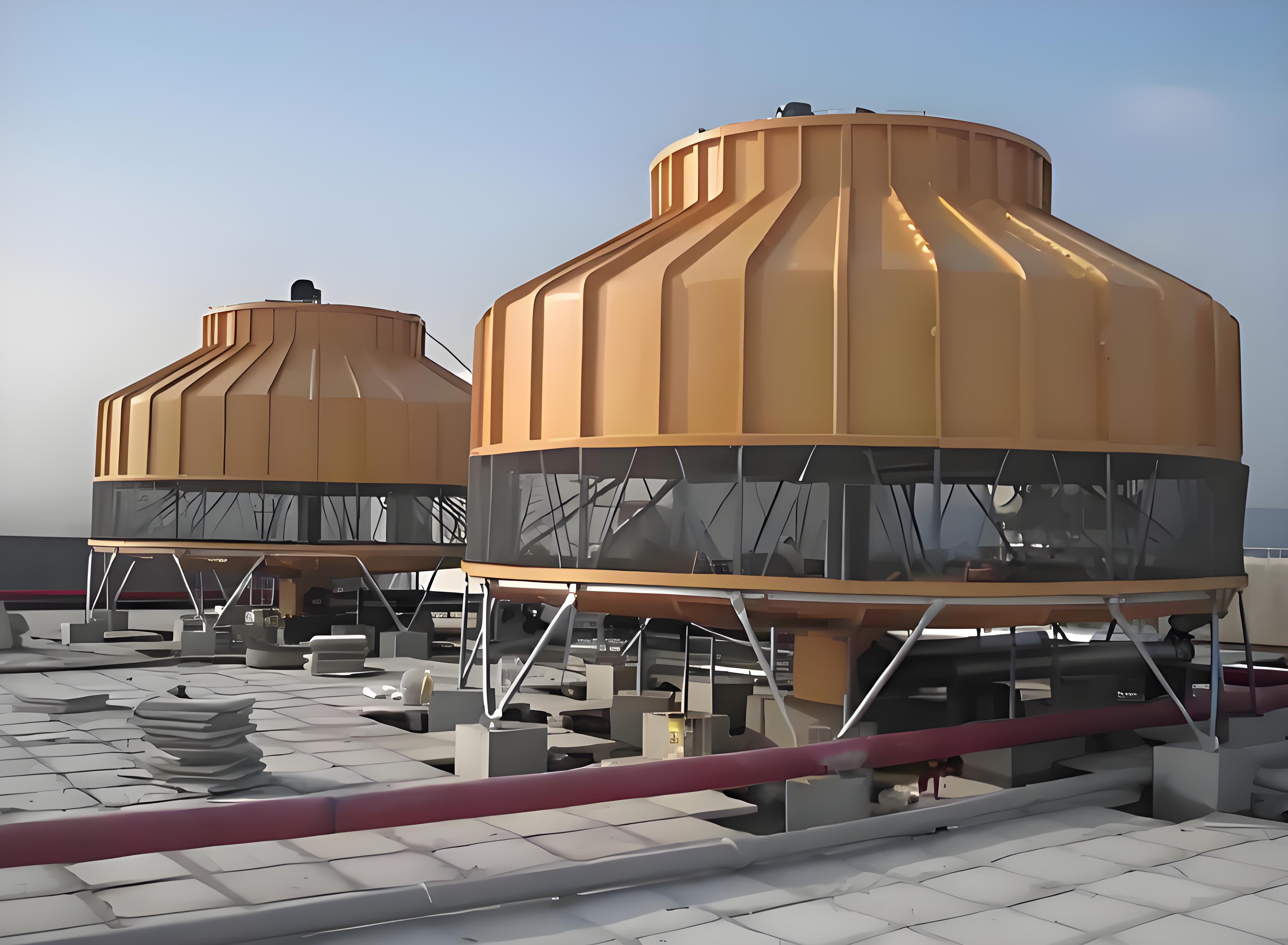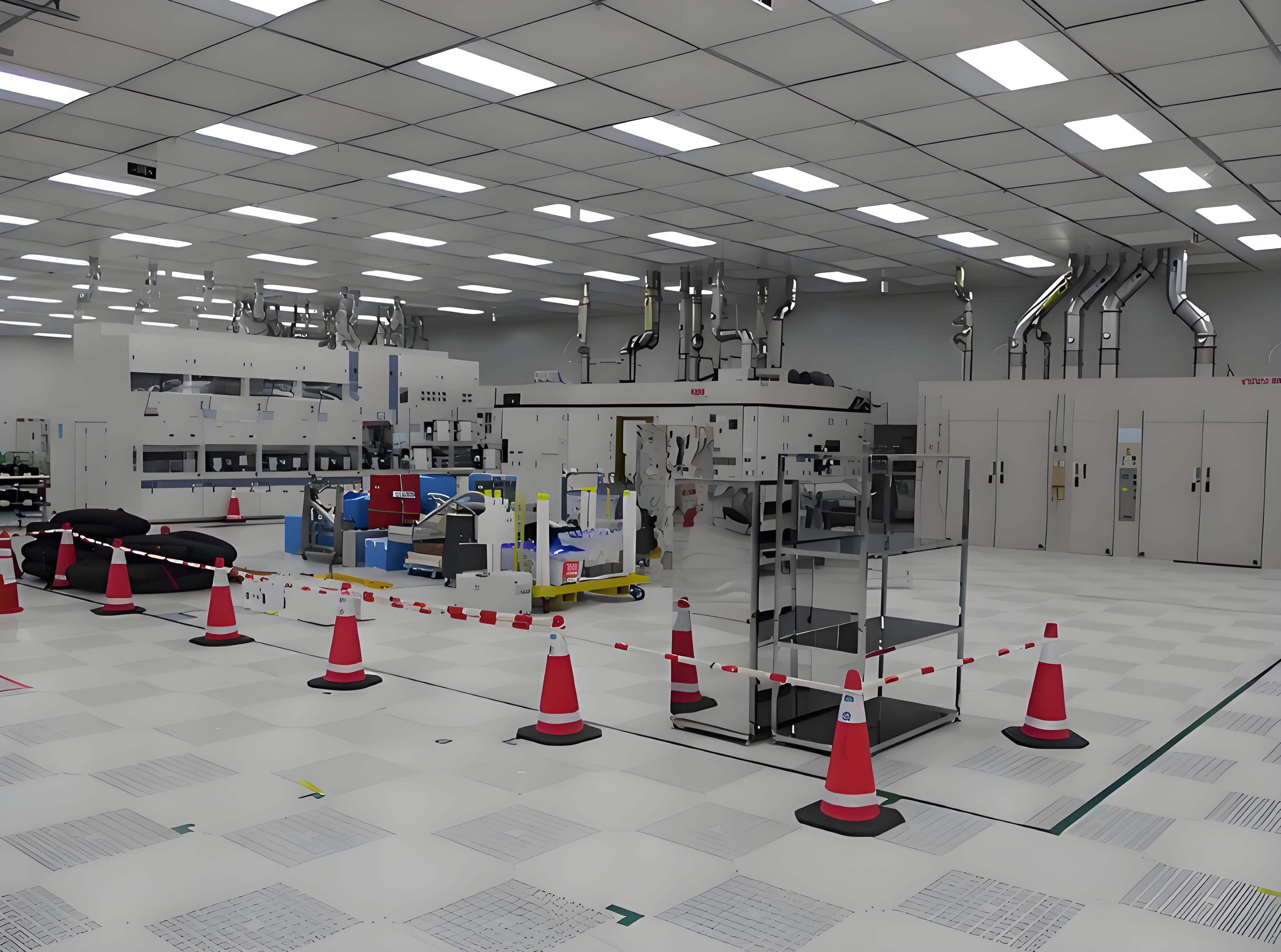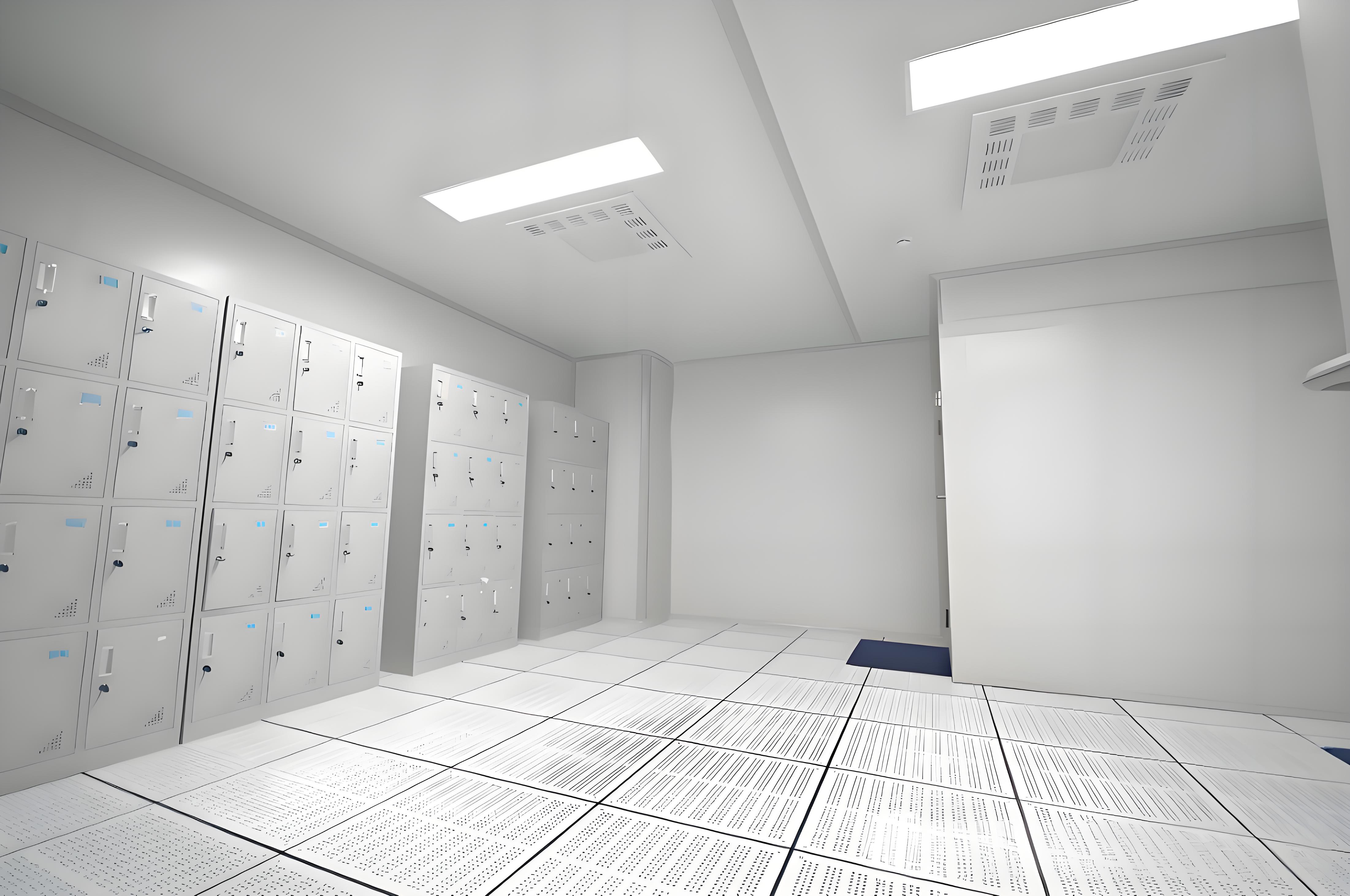




When a patient receives an intravenous medication, there is an inherent trust that it is safe and free from contamination. For many critical drugs, this safety is forged in a highly specialized environment: the clean room sterile compounding facility. This isn't just a clean space; it's an engineered fortress against contamination, where lifesaving and life-sustaining medications are prepared under meticulously controlled conditions. Whether it's a chemotherapy drug, a total parenteral nutrition (TPN) solution, or a specialized ophthalmologic preparation, the process of clean room sterile compounding is what stands between a successful therapy and a potentially dangerous incident. This guide walks through the critical components, from international standards to daily workflows, that define a successful and compliant sterile compounding operation.

At its core, clean room sterile compounding is the process of preparing, mixing, converting, or assembling a medication in a sterile environment to create a tailored, patient-specific prescription. Unlike mass-produced, factory-sealed injectables, these are custom-made preparations. The "sterile" aspect is non-negotiable; because these medications often bypass the body's natural defensive barriers (like the skin or digestive system), any microbial, chemical, or particulate contamination can have immediate and severe consequences. The clean room itself is the primary engineering control, designed to maintain a specific air quality by controlling the number of airborne particles. The entire discipline of sterile compounding pharmacy is built around a simple but demanding principle: achieving and maintaining sterility from the moment a vial is punctured to the moment the final product is dispensed.
The practice of clean room sterile compounding is not guided by whim but by rigorous, enforceable standards. In the United States, the gold standard is USP Chapter <797>, "Pharmaceutical Compounding—Sterile Preparations." This document provides the minimum practice and quality standards for preparing sterile compounded medications. It covers everything from personnel training and competency evaluations to environmental quality and testing.
Key elements from USP <797> that directly impact the clean room include:
Environmental Sampling: Regular monitoring of airborne particulate levels and surface microbial contamination is mandatory.
Viable Air Sampling: Actively measuring the number of colony-forming units (CFUs) in the air and on surfaces to ensure microbial control.
Personnel Garbing and Aseptic Technique: Strict protocols for how staff must dress and perform manipulations to maintain sterility.
Internationally, the ISO 14644 series of standards for cleanrooms and associated controlled environments runs parallel to USP requirements. A well-designed sterile compounding clean room will often be classified as an ISO Class 7 (Class 10,000) buffer room with an ISO Class 8 (Class 100,000) anteroom. The critical workbench where the vial is opened and the syringe is manipulated, typically a laminar airflow workbench (LAFW) or isolator, provides an ISO Class 5 (Class 100) environment. Understanding the interplay between USP <797> and ISO 14644 is fundamental for anyone involved in designing, operating, or auditing a clean room sterile compounding facility.
The architecture of a clean room sterile compounding suite is a science in itself. The goal is to create a cascading pressure system that protects the most critical area from particulate ingress.
A standard design includes:
Anteroom (ISO Class 8): This is the transition area where personnel perform hand hygiene and don all necessary sterile garb, including gowns, gloves, masks, and hair covers. This room is under positive pressure relative to the hallway to prevent corridor air from entering.
Buffer Room (ISO Class 7): This is the inner core where the actual sterile compounding takes place. The Buffer Room is under positive pressure relative to the Anteroom, ensuring air flows outwards, away from the critical compounding area.
Primary Engineering Controls (PECs) within the Buffer Room (ISO Class 5): These are the devices that provide the ultra-clean air for direct product exposure. The most common PECs are:
Laminar Airflow Workbenches (LAFWs): Which provide a continuous, unidirectional flow of HEPA-filtered air.
Compounding Aseptic Isolators (CAIs): Enclosed, gloved cabinets that physically separate the operator from the compounding area, offering a higher level of product protection.
The design must also incorporate durable, non-shedding, and cleanable materials for walls, ceilings, and floors, with seamless coving to eliminate dust-trapping corners. Properly directed airflow and pressure differentials are the invisible guardians of the sterile compounding process.
The Critical Process: Aseptic Technique in Action
Even the most perfectly designed clean room is useless without flawless execution. This is where aseptic technique comes in. It is the disciplined set of behaviors and procedures used by compounding personnel to prevent contamination during the sterile compounding process.
Key elements include:
Thorough Garbing: Every inch of skin and hair must be covered with sterile, low-shedding garments.
Meticulous Hand Hygiene: A rigorous surgical scrub is performed in the anteroom before donning gloves.
Disinfecting All Surfaces: All items entering the LAFW or CAI, including vials, syringes, and needles, must be meticulously disinfected with an appropriate agent like 70% Isopropyl Alcohol (IPA) using a strict, repeated wiping technique.
Avoiding Touch Contamination: The critical sites of any component (e.g., syringe plunger tip, needle hub, vial stopper) must never be touched.
Smooth, Deliberate Movements: Rapid, jerky motions can disrupt the unidirectional airflow within the PEC, creating turbulence that draws in contaminated air.
The competency of every individual performing clean room sterile compounding must be validated initially and at least annually through a media-fill test, which simulates the compounding process using a sterile bacterial growth medium instead of drug components.

Technology and design can only go so far. The personnel are the most variable and critical component in sterile compounding pharmacy. A comprehensive quality assurance program must include:
Initial and Annual Training: Beyond just theory, this must include hands-on demonstration of aseptic technique and garbing.
Competency Evaluations: Regular media-fill tests and gloved fingertip sampling are used to objectively assess an operator's ability to maintain sterility.
Health and Hygiene Policies: Strict guidelines for personnel who are ill, have open wounds, or other conditions that could increase contamination risk.
Investing in continuous training and creating a culture of quality where every individual feels empowered to stop a process if a breach is suspected is the hallmark of a world-class clean room sterile compounding operation.
A sterile compounding clean room cannot be a "set it and forget it" operation. Continuous monitoring is essential to prove the environment remains in a state of control.
This includes:
Continuous Pressure Differential Monitoring: Alarms should alert staff immediately if pressure relationships between rooms are lost.
Non-Viable Particle Counting: Regular checks to confirm the room maintains its ISO classification.
Viable Air and Surface Sampling: Placing settle plates and using active air samplers to measure microbial counts.
PEC Certification: All LAFWs and CAIs must be certified by a qualified technician every six months to ensure they are providing ISO Class 5 air.
This data forms the backbone of the quality assurance record, providing objective evidence of compliance to regulators and, more importantly, ensuring patient safety.
Q1: What is the main difference between a clean room and a compounding aseptic isolator (CAI)?
A1: The clean room is the entire controlled environment (the Buffer Room and Anteroom) that provides a protective envelope. A CAI is a self-contained, closed apparatus within the clean room that provides an ISO Class 5 environment for direct product handling. It offers a physical barrier between the operator and the compounding process, often allowing for a lower classification of the surrounding Buffer Room.
Q2: How often must personnel competency be evaluated in sterile compounding?
A2: According to USP <797>, the competency of all personnel involved in clean room sterile compounding must be evaluated initially before they can compound independently, and then at least annually thereafter. This evaluation includes both written tests and practical skills assessments like media-fill tests.
Q3: Why is 70% Isopropyl Alcohol (IPA) the preferred disinfectant in sterile compounding?
A3: 70% IPA is uniquely effective because it has the optimal balance of water and alcohol. The water content allows for sufficient contact time on the surface to denature proteins and kill microorganisms, whereas higher concentrations evaporate too quickly to be effective. It also dries quickly and leaves minimal residue.
Q4: What happens if a pressure differential is lost in the clean room suite?
A4: If the positive pressure cascade is lost (e.g., the Buffer Room pressure drops to or below the Anteroom pressure), the environment is considered compromised. All sterile compounding activities must stop immediately. The room cannot be used again until the cause is identified, corrected, and environmental monitoring confirms the room has been returned to its proper classification and control state.
Q5: Can sterile compounding be performed for non-hazardous drugs without a clean room?
A5: No. USP <797> mandates that all manipulations of sterile products requiring an asptic process (like opening ampules, penetrating vial stoppers) must be performed within a Primary Engineering Control (LAFW or CAI) that is located in a segregated, controlled area meeting the standards of at least an ISO Class 8 environment (the anteroom) and an ISO Class 7 Buffer Room. There is no regulatory scenario where true sterile compounding can occur in an uncontrolled space.